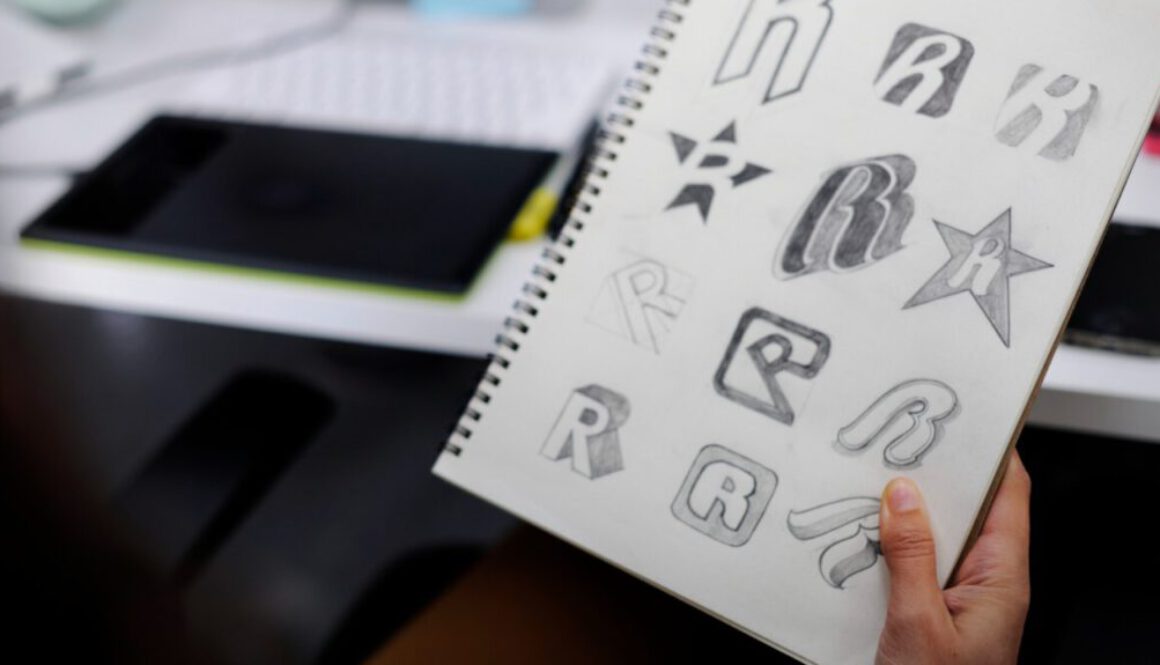The Instagramification of Everything
Hey feed-surfers—
Have you noticed how everything looks like it’s trying to be… liked?
Coffee shops. Book covers. Packaging. Logos. Even cities.
We’re living in the golden age of “Instagramification”—a culture where every object, product, and experience is filtered through the logic of the grid: sharp lines, muted colors, sans-serif fonts, and photogenic shadows. Aesthetics optimized for scrolling. Not for meaning.
And that’s a problem.
When Form Devours Function
Go to any newly opened café in Paris, Milan, or Düsseldorf. Chances are it features terrazzo countertops, arched mirrors, plants in clay pots, and just the right hue of beige. It’s not that it’s ugly—it’s that you’ve seen it a hundred times.
What used to be local flair has turned into global sameness. A kind of aesthetic monoculture. Architecture, once contextual and expressive, is now often guided by how good it looks in a reel. Just like food, furniture, hotel lobbies, and even churches.
The logic is clear: if it photographs well, it spreads well. If it spreads well, it converts.
But what are we losing in the process?

The Instagram Brain
Psychologically, this shift has deeper consequences than we think. Studies in cognitive neuroscience suggest that our brains are increasingly wired to favor pattern recognition over substance digestion.
That is: we scroll faster, we judge quicker, and we remember less.
This is especially problematic in marketing. When visual branding relies too heavily on surface trends, brands begin to blur. They become pretty but forgettable. Studies show that the average brand impression lasts less than 2 secondsin a social scroll.
If your brand looks like the last ten your user saw, congratulations—you don’t exist.
And there’s more.
A 2022 paper from the Journal of Consumer Psychology notes that overly aestheticized product design creates what researchers call “cognitive friction”—when form overshadows function, users feel confused, even anxious. They hesitate. They churn.

But… Who’s It For, Really?
This aesthetic obsession is also an economic paradox. A company spends months designing a new app interface, storefront, or brand campaign. It wins awards. It gets reposted. But it doesn’t sell more. Or worse, it alienates the audience that actually pays.
Because here’s the catch:not every user is on Instagram. And even among those who are, not everyone values the same visual codes. In trying to please the algorithm, many brands stop speaking to their core audience.
They start designing for designers.
This disconnect is not just theoretical. Look at the countless rebrands that backfire because they swapped character for “modernity.” Think Tropicana’s infamous packaging redesign in 2009, which led to a 20% drop in sales—roughly $30 million lost in a few weeks.
Why? Because the new design looked cleaner… but felt generic. Customers didn’t recognize it. So they didn’t buy it.

A Counter-Example: Vitsœ in Germany
Let’s stay in Europe.
Vitsœ , the German-British company that produces Dieter Rams’ modular shelving system, has resisted this aesthetic contagion. Their branding is borderline anti-Instagram: minimal but not trendy, calm but not sterile. Their website feels more like a personal letter than a showroom.
Yet they have a cult following. Not because they shout louder—but because they whisper consistently. Their whole ethos is long-term thinking: sustainability, timeless design, slow consumption. And customers respond. They don’t just buy a product—they buy into a philosophy.
This is key: when everyone else is screaming visuals, a clear voice cuts through.
So what’s the cost of aesthetic conformity?
In economic terms:wasted budget. High design costs, low return.
In psychological terms: decision fatigue, shallow engagement, short-lived loyalty. In strategic terms: a brand that can’t differentiate itself.
Brands need to stop designing for screenshots and start designing for resonance.
Because in the end, likes don’t equal loyalty.
Tips for De-Instagramifying Your Brand

- Audit your visuals — Does your website, packaging, or content look like a Pinterest board from 2021? Be honest.
- Reclaim your voice — What does your brand sound like? If you took away all visuals, could someone still recognize you?
- Design for use, not likes — Ask: does this asset help my user do something better? Or just look good?
- Stay rooted in your story — Before choosing a style, revisit your why. Aesthetics should express it, not replace it.
- Test with outsiders — Get feedback from people who aren’t designers or marketers. If they “get it,” you’re doing it right.
There’s nothing wrong with beauty.
But when everything is optimized for optics, we risk building a world of brands that look alive but feel empty.
So here’s a better goal: design things that matter in feeds and in minds.
Because your job isn’t to go viral. Your job is to be remembered.
Until next time, stay sharp.
Alex
Want to escape the scroll-driven marketing trap?
Let’s design strategies that actually stick. 👉 www.kredo-marketing.com









